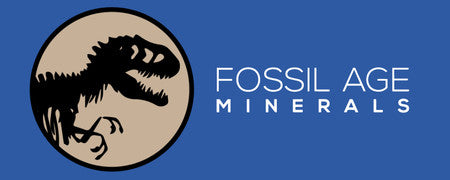0.4" Trimerorhachis Claw Fossil Permian Age Reptile Waurika Oklahoma COA, Display
Location: Ryan Formation, Waurika, Oklahoma
Weight: 0.3 Ounces
Gem Jar Dimensions: 32MM
Claw Dimensions: 0.4 Inches Long, 0.1 Inches Wide, 0.1 Inches Thick
Comes with a free Gem Jar display.
Comes with a Certificate of Authenticity.
The item pictured is the one you will receive.
Trimerorhachis
The length of the largest specimens of Trimerorhachis is estimated to have been almost a meter (3.3 feet) in length. Trimerorhachis has a large triangular head with upward-facing eyes positioned near the front of the skull. The trunk is long and the limbs are relatively short. The presence of a branchial apparatus indicates that Trimerorhachis had external gills in life, much like the modern axolotl. The body of Trimerorhachis is also completely covered by small and very thin osteoderms, which overlap and can be up to 20 layers thick. These osteoderms act as an armor-like covering, especially around the tail. Their weight may have helped Trimerorhachis sink to the bottom of lakes and rivers where it would feed.
Trimerorhachis was an early dvinosaurian temnospondyl that could reach about 1 meter in length. It had a distinctive triangularly shaped head full of sharp, pointy teeth and stubby legs. It was likely an aquatic predator, preying on fish and small vertebrates.
During the Early Permian, the area of New Mexico and Texas was a broad coastal plain that stretched from an ocean in the south to highlands in the north. Other common animals that lived alongside Trimerorhachis included lungfish and crossopterygians, the lepospondyl Diplocaulus, and the large sail-backed synapsid Dimetrodon.





















